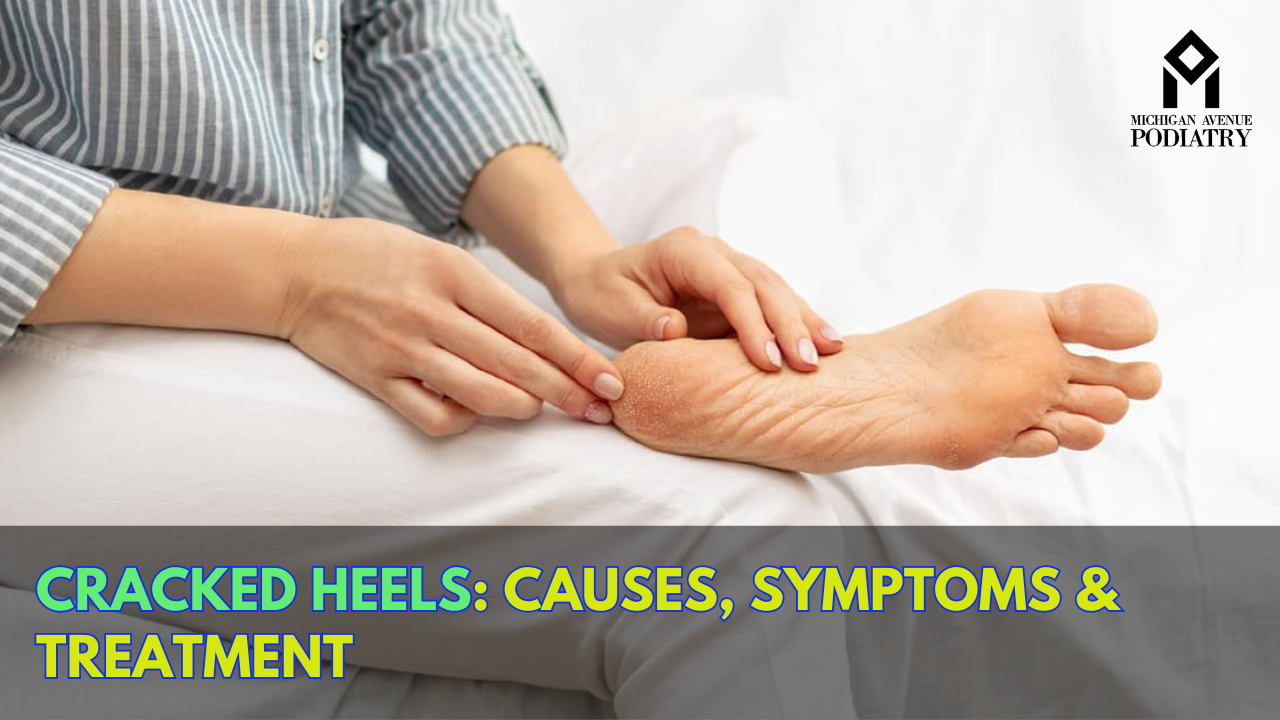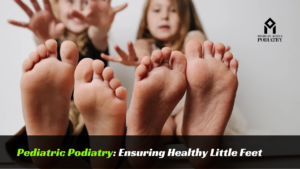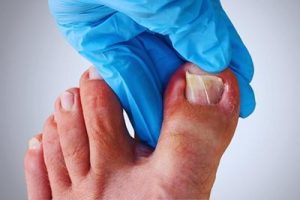Cracked heels, medically known as heel fissures, can be a painful and uncomfortable condition affecting many individuals. They occur when the skin around the heels becomes dry, thickened, and eventually splits, leading to painful cracks. While often seen as a cosmetic issue, cracked heels can escalate into more severe problems if left untreated. Understanding the causes, symptoms, and effective treatments is crucial for maintaining healthy feet.
Causes of Cracked Heels:
Several factors contribute to the development of cracked heels:
- Dry Skin: Lack of moisture is a primary cause of cracked heels. Dry skin can result from various factors such as weather conditions, dehydration, or excessive bathing or showering.
- Lack of Foot Care: Neglecting proper foot care, such as not moisturizing the feet regularly or failing to exfoliate dead skin, can lead to cracked heels.
- Standing for Prolonged Periods: People who spend long hours standing or walking, such as healthcare workers or retail employees, are more prone to developing cracked heels.
- Obesity: Excess weight puts added pressure on the heels, leading to cracking and fissures.
- Ill-Fitting Footwear: Wearing shoes that lack proper support or are open-backed can contribute to the development of cracked heels.
ALSO READ
Symptoms of Cracked Heels:
Identifying the symptoms of cracked heels early can prevent the condition from worsening. Common signs and symptoms include:
- Visible Cracks: The presence of visible cracks, usually on the outer edge of the heel, is a clear indication of cracked heels.
- Dry, Flaky Skin: Dry, flaky skin around the heel area is a precursor to cracking.
- Pain and Discomfort: Cracked heels can cause pain, especially when standing or walking. In severe cases, the cracks may bleed or become infected.
- Itching and Inflammation: Itching and inflammation may accompany cracked heels, indicating skin irritation.
Treatment for Cracked Heels:
Fortunately, several effective treatments can alleviate cracked heels and promote healing:
- Moisturize Regularly: Keeping the feet well moisturized is essential for preventing and treating cracked heels. Use a thick, emollient-rich foot cream or moisturizer daily, especially after bathing or showering.
- Exfoliate Dead Skin: Regular exfoliation helps remove dead skin cells, preventing them from building up and causing cracks. Use a pumice stone or foot file to gently exfoliate the heels.
- Wear Supportive Footwear: Opt for shoes that provide adequate support and cushioning to reduce pressure on the heels. Avoid open-backed or ill-fitting shoes that can exacerbate the problem.
- Stay Hydrated: Drink plenty of water to keep the body hydrated, which in turn helps maintain skin elasticity and prevent dryness.
- Use Heel Balms or Ointments: Over-the-counter heel balms or ointments containing ingredients like urea or salicylic acid can help soften and heal cracked heels.
- Seek Professional Help: If home remedies fail to improve cracked heels or if the condition worsens, consult a podiatrist or foot doctor for specialized treatment. They may recommend prescription-strength creams, orthotic inserts, or other interventions tailored to your specific needs.
Preventing Cracked Heels:
Taking preventive measures can reduce the risk of developing cracked heels:
- Maintain Proper Foot Hygiene: Wash and dry your feet thoroughly, paying attention to the areas around the heels.
- Wear Socks: Wearing socks, especially moisture-wicking ones, can help keep the feet dry and prevent excessive friction.
- Limit Exposure to Harsh Conditions: Avoid walking barefoot on rough surfaces and protect your feet from extreme temperatures.
- Trim Nails Carefully: Trim toenails straight across to prevent them from digging into the surrounding skin, which can contribute to cracked heels.
- Regular Foot Checkups: Schedule regular foot checkups with a podiatrist to address any foot issues promptly and prevent complications.
In conclusion, cracked heels can be a painful and bothersome condition, but with proper care and treatment, relief is achievable. By understanding the causes, symptoms, and effective treatment options, individuals can take proactive steps to maintain healthy, smooth heels. Remember, if home remedies prove ineffective or if the condition worsens, don’t hesitate to seek professional help from a podiatrist or foot doctor. Your feet deserve the best care to keep you on the move comfortably.




